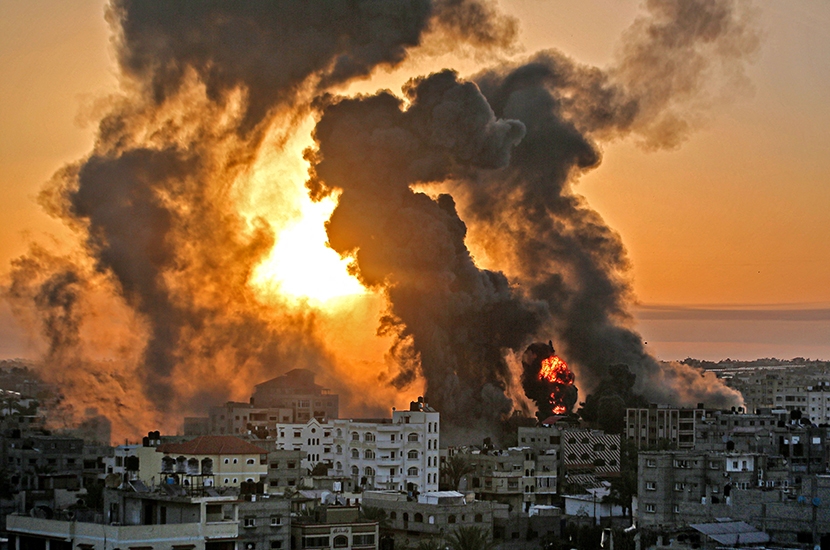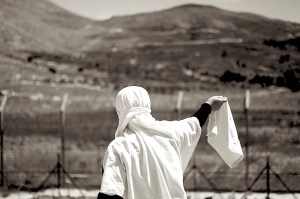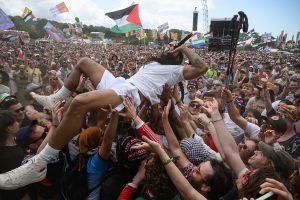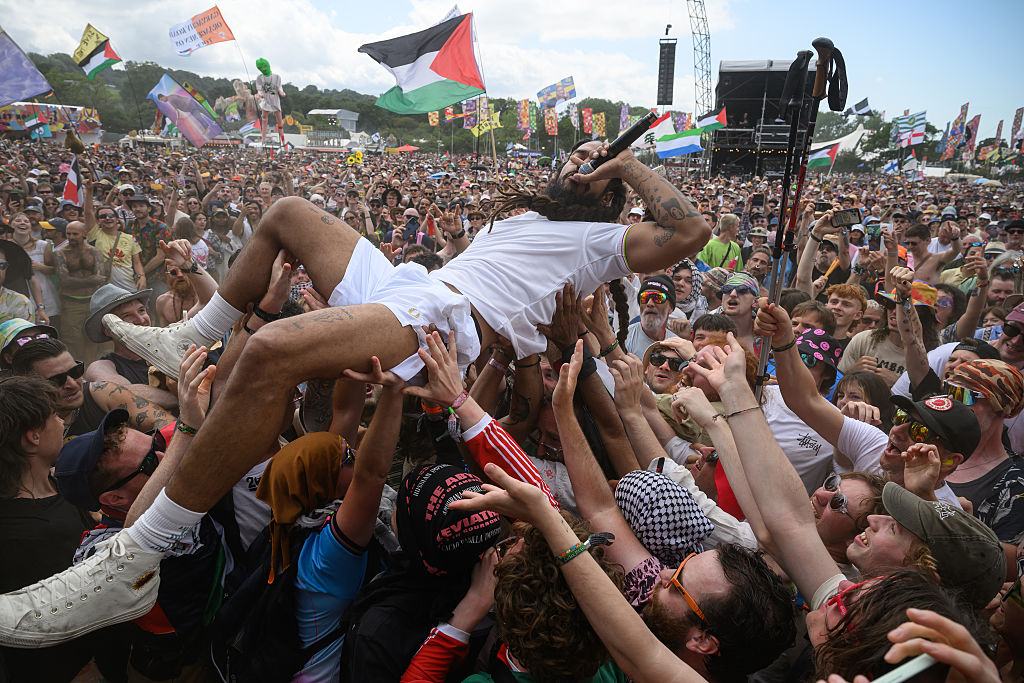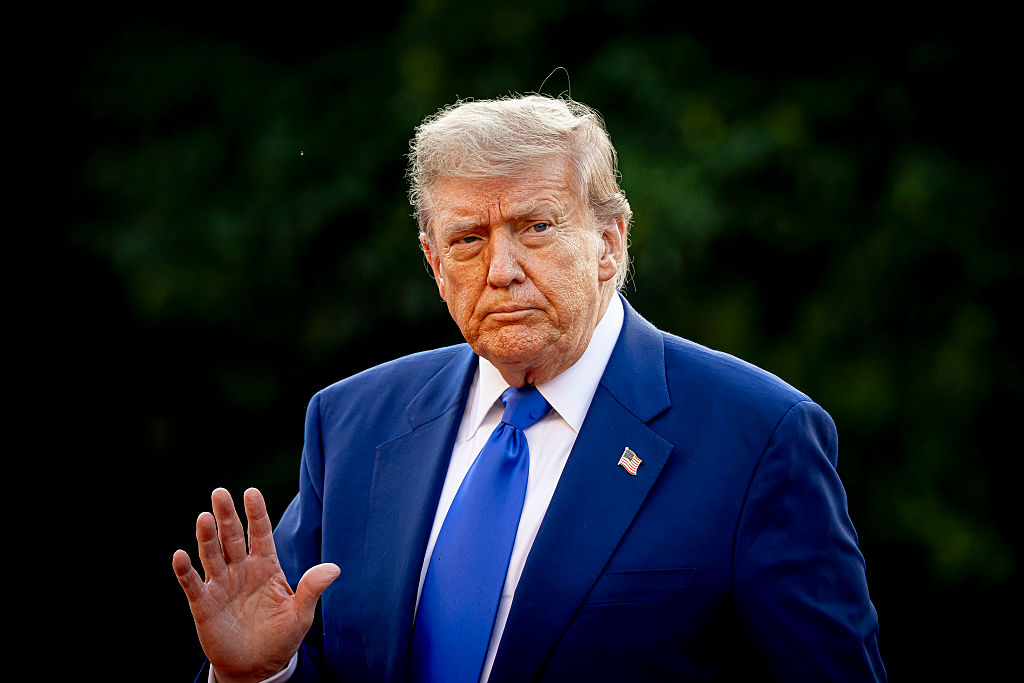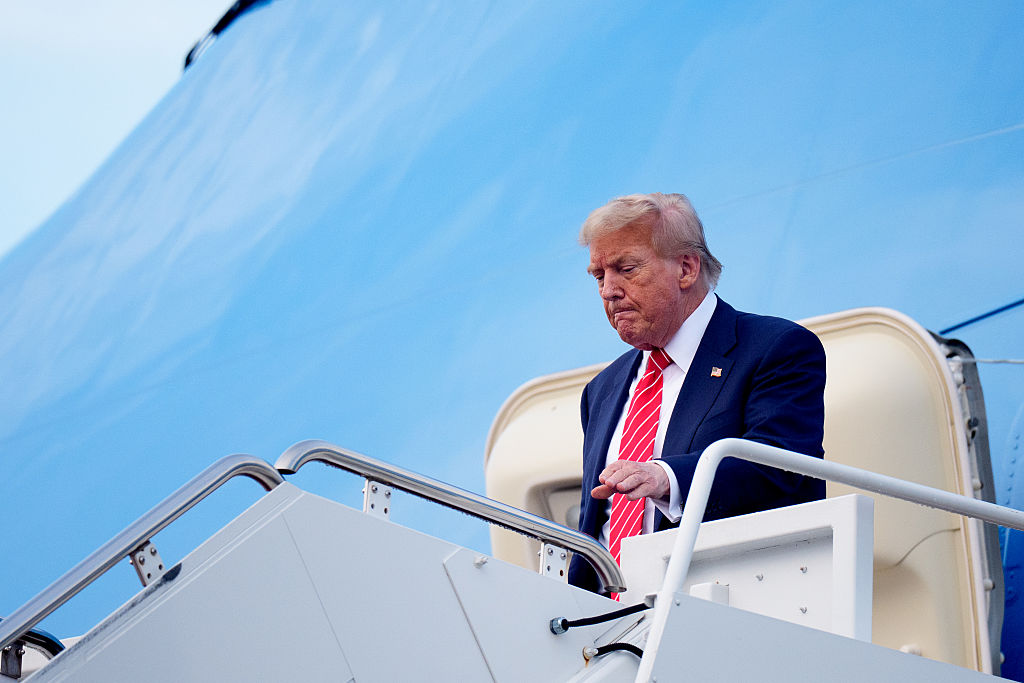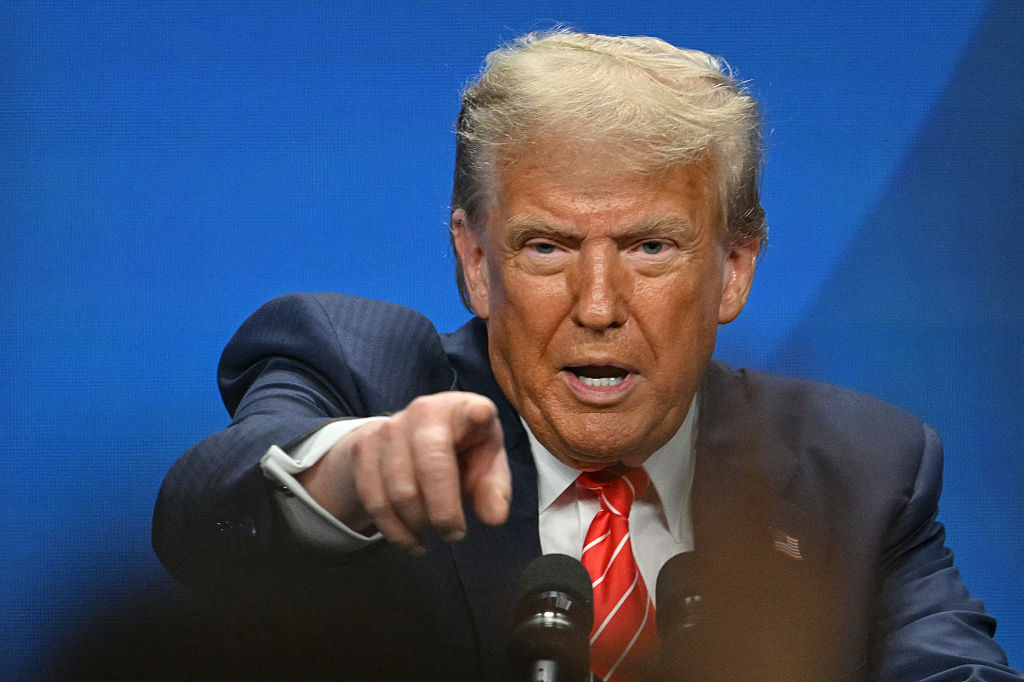Beirut
We can’t say yet if the latest fighting between Israel and Hamas is the start of ‘the big one’, a new Palestinian intifada, or uprising. That possibility was raised by the grandest of Middle East commentators, Thomas Friedman, in the New York Times. Friedman is sometimes mocked for his prognostications. A ‘Friedman’ is defined as six months because of his repeated statements that the ‘next six months’ would be critical for the US in Iraq, the light at the end of the tunnel visible only then. He also praised the ‘new ideas’ of Saudi Arabia’s ruler, Mohammed bin Salman, before it turned out that one of those new ideas was to dismember his critics with a bonesaw. Perhaps there will be another intifada, though as I write events are not moving that way. We should worry more about what the conflict between Israel and Hamas tells us about the real ‘big one’: war between Israel and Iran.
So far, this round of Israeli-Palestinian bloodletting has followed a familiar script. Hamas fires rockets; Israel hits back, hard. At last count, Hamas has fired 3,200 rockets into Israel — but these are crudely made projectiles and are by and large not accurate, most falling harmlessly on open ground. There have been relatively few casualties: 10 people, including two children. The Israeli military, on the other hand, has modern, precision-guided weaponry. If it wants to hit a particular building, it will. The Palestinians say more than 200 people have been killed, 60 of them children. Israel’s critics call this collective punishment, an ‘eye for an eyelash’. Israel’s defenders say that Hamas puts military hardware next to civilians. There is a measure of truth in both arguments.
Regardless, the Israeli government is in the same race it’s always in when bombing Gaza: to achieve its military objectives before international pressure, most importantly from America, forces a ceasefire. For the first time, this week, President Joe Biden ‘voiced his support’ for such a ceasefire. But this was in a telephone call with the Israeli prime minister, Benjamin Netanyahu, not from the podium in the White House press room, and America blocked a UN Security Council statement demanding an ‘immediate’ cessation of hostilities. Perhaps the US wants to see a few more Hamas rocket factories destroyed before Israel stops its military operation.
That operation does not seem to include sending ground troops into Gaza. This would cost many lives (on both sides) and might push the US into getting serious about a ceasefire. Instead, Israeli bombers and artillery are ‘mowing the grass’ (a chilling euphemism when high explosives kill children as well as ‘terrorists’). Mowing the grass may work as a tactic but it’s a strategy of despair. One round of violence ends; both sides simply prepare for the next: a war without end.
But not without pause. Israel is running out of targets; Hamas out of rockets. The violence may be winding down, though everything could change again by the time this article appears. The unknown is the Palestinian street. A new generation of Palestinian teenagers has come of age since the last intifada. If they think it’s their turn to fight Israel with stones (and then suicide bombs), neither the Palestinian Authority nor even Hamas may be able to control what happens next. A new intifada might take place not only in the Palestinian territories but in Israel too, where a fifth of the population is Arab. Israelis — Jews and Arabs — got a terrifying glimpse of what that might be like at the start of this crisis. There were attacks on Jews in the mixed towns of Lod, Haifa and Acre, followed by revenge attacks on Arabs. Neighbors turning on one another would cost more lives than the rockets of Hamas and Islamic Jihad.
All this was set in motion by clashes between the Israeli police and Palestinian shabab — young men — in the Old City of Jerusalem. The police raided the Aqsa mosque, Islam’s third-most holy site because rocks were being stockpiled there, said the Israeli authorities. Dmitry Shumsky, a columnist in the Israeli newspaper Haaretz, accused them of being deliberately provocative, under orders, he said, from Israel’s ‘pyromaniac’ security minister. The raid happened to be on the Night of Power, the most sacred of the Islamic calendar. Shumsky said this was a calculated attempt to cause a violent reaction and ‘scorch’ any hope of forming a new coalition government to replace Netanyahu’s. If so, it worked.
His Haaretz piece quoted the former Israeli deputy prime minister Haim Ramon’s remark that ‘an unwritten pact’ exists between Netanyahu and Hamas. Hamas needs an enemy like Netanyahu; Netanyahu needs Hamas to keep the Palestinians divided. In firing the first barrage of rockets, Hamas was no doubt trying to make sure that it (and not the Palestinian Authority) would assume leadership of the emerging struggle on the streets.
Hamas is financed by Iran, which supplies parts for the rockets hitting Israel. Why hasn’t Iran asked its ally in Lebanon, Hezbollah, to join the attack? Perhaps Hezbollah refused, believing this is not the right time to escalate. The Lebanese economy is collapsing; it’s already fighting on another front, in Syria. Or perhaps Iran, too, thinks now is not the time to escalate, not wishing to jeopardize the talks with the United States on reviving the deal to limit its nuclear program. Once signed, that deal would end many of the economic sanctions against Iran; Tehran would get billions of dollars.
Israel believes Iran will use that money to build more missiles for Hamas, Hezbollah and Islamic Jihad, as it did when the Obama administration signed the nuclear deal with Iran. And Israel does not believe the deal now being negotiated will stop Iran from getting a nuclear bomb. Almost the entire Israeli military and political establishment see an Iranian bomb as a flying holocaust. Israel’s military commander, General Aviv Kochavi, warned in a speech earlier this year that he had prepared ‘a number of operational plans’ to attack Iran. That could be a bluff, or Israel might really be prepared to carry out a pre-emptive strike against Iran.
Then Iran would activate its allies in Lebanon and Syria and Hamas and Islamic Jihad, and the whole region would be in flames. Much depends, then, on whether the nuclear talks make progress. The next Friedman or two — the next six to 12 months — will be critical for peace in the Middle East.
This article was originally published in The Spectator’s UK magazine. Subscribe to the World edition here.



